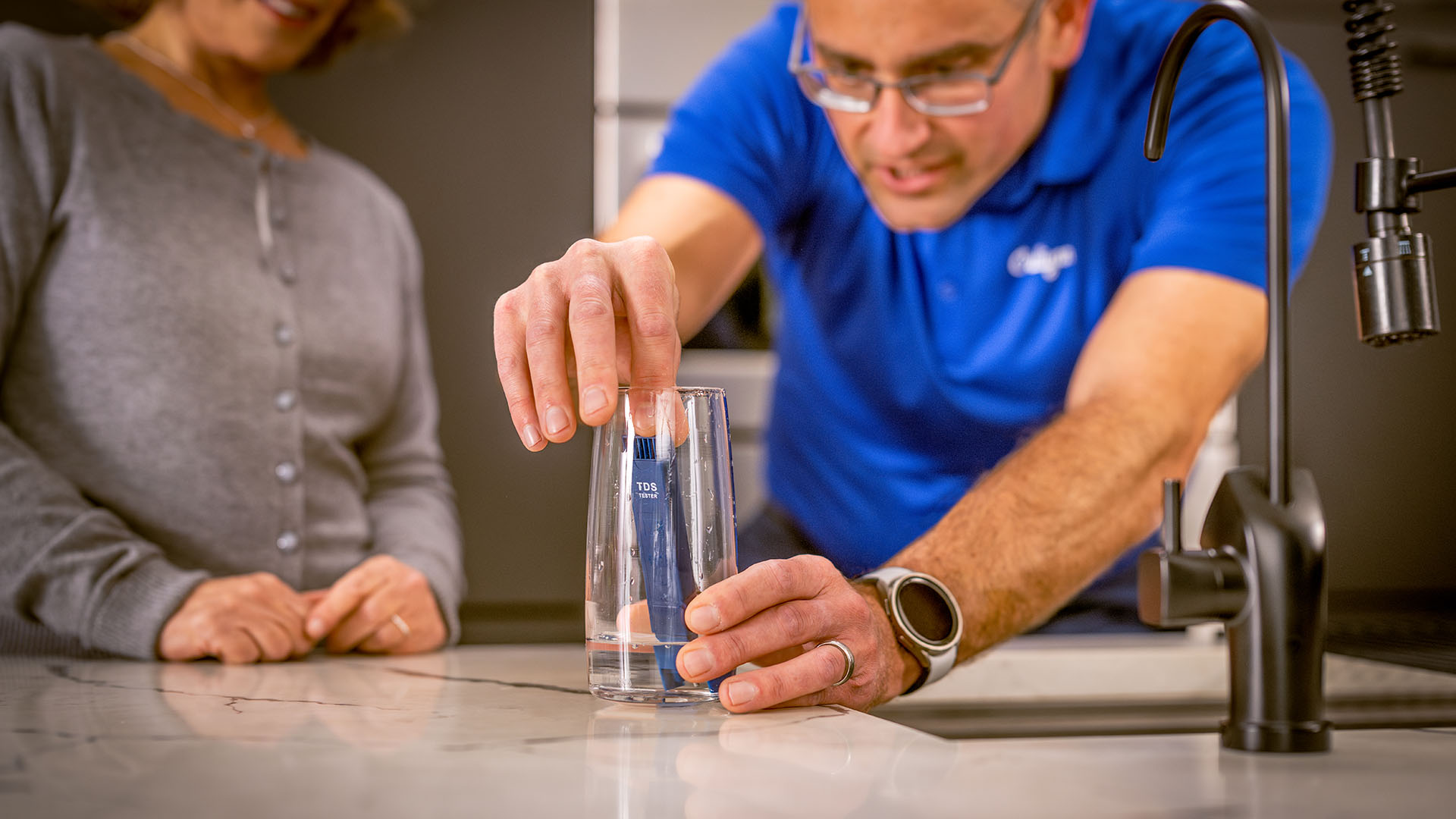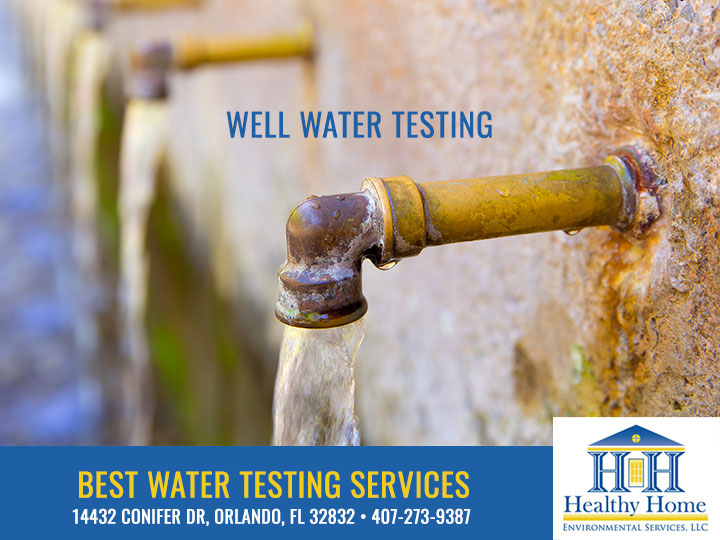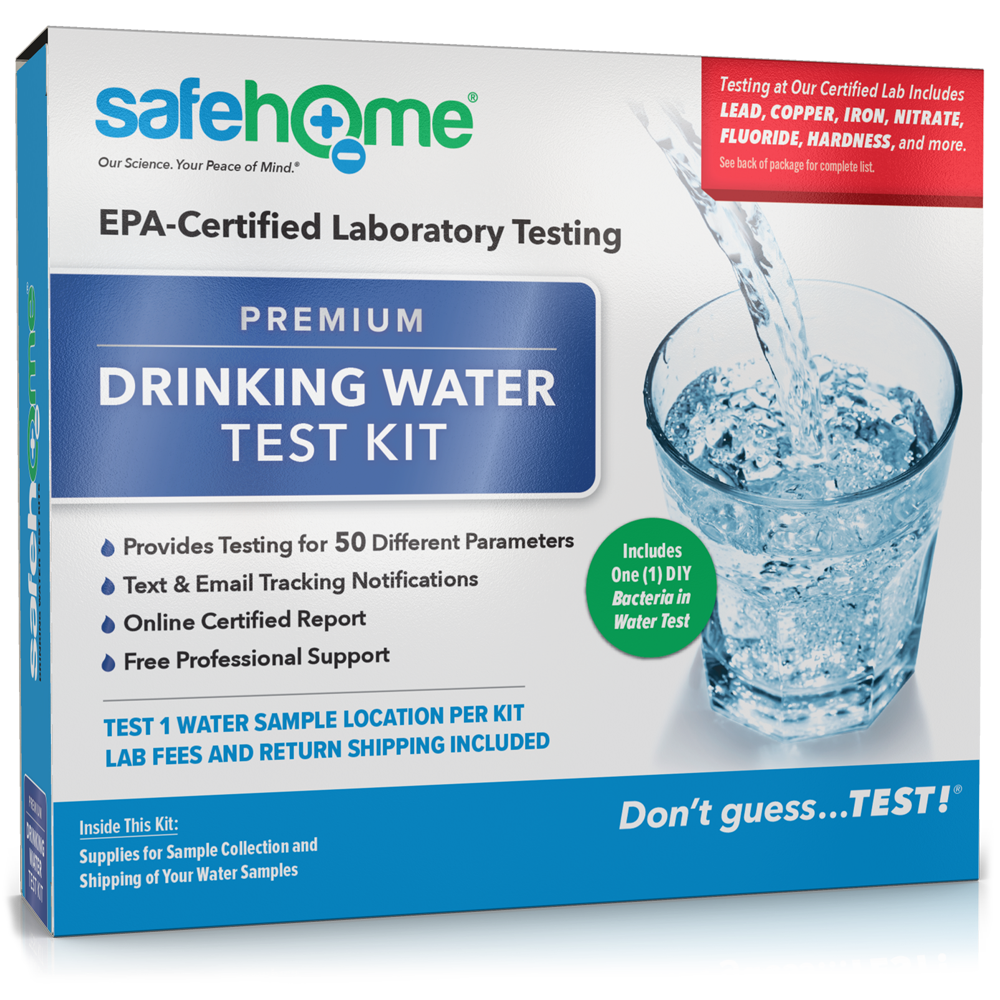Reliable Water Testing Services Near Me: Know What remains in Your Water
Wiki Article
Discover What Is Included in Water Checking and Exactly How It Makes Sure Safe Drinking Water
Comprehending the intricacies of water screening is critical in guaranteeing the quality and safety and security of our alcohol consumption water. Via a thorough exam of physical, chemical, and microbiological aspects, water testing identifies possible contaminants that might present wellness dangers.Secret Parts of Water Testing
Water testing is a crucial process that entails a number of essential parts to make sure the safety and high quality of drinking water. In addition, making sure the pH balance of water is important, as it affects the water's corrosiveness and the efficacy of sanitation processes.An additional considerable component includes microbiological evaluation, where water samples are analyzed for the visibility of microorganisms such as germs, viruses, and protozoa. If eaten, this analysis is essential to identify organic dangers that might present health and wellness dangers. Additionally, chemical analyses are conducted to detect inorganic and organic materials, such as heavy steels, nitrates, and chemicals, that may be present in the water system.

Detecting Unsafe Pollutants
Spotting harmful pollutants in alcohol consumption water is a fundamental facet of safeguarding public health and wellness. This procedure involves identifying prospective threats that can jeopardize the high quality and safety and security of water materials. Pollutants can vary from microorganisms such as microorganisms, infections, and protozoa, to inorganic substances like lead, arsenic, and nitrates, as well as organic contaminants consisting of pesticides and industrial chemicals. Each kind of contaminant presents distinctive health and wellness threats, making their detection critical to make sure the water eaten by the public is risk-free.
Water testing for contaminants is usually carried out by regulative companies and water utilities, utilizing a mix of area sampling and lab evaluation. These evaluations are created to identify both naturally happening compounds and anthropogenic pollutants that may have entered the supply of water via agricultural drainage, commercial discharge, or aging infrastructure. Regular monitoring is essential, as contamination degrees can change because of environmental changes, seasonal variations, or human tasks.
The recognition of harmful impurities educates essential activities, such as water therapy interventions or public advisories, to alleviate risks. Early detection is important to stop damaging health impacts, varying from intestinal health problems to long-lasting conditions like cancer cells, consequently making certain the proceeded safety and security of alcohol consumption water.

Chemical Evaluation Strategies
In the world of guaranteeing safe alcohol consumption water, chemical analysis methods play a pivotal role in determining and evaluating pollutants. These approaches are vital for finding a wide range of chemical materials, including heavy steels, chemicals, and industrial contaminants, which can position considerable wellness threats.Gas chromatography-mass spectrometry (GC-MS) is an additional crucial method, especially for organic compounds. It separates complex mixtures and identifies semi-volatile and unstable organic substances, ensuring that pollutants like benzene and toluene are within secure limits. High-performance liquid chromatography (HPLC) is in a similar way utilized for non-volatile materials, consisting of particular pesticides and pharmaceuticals.
Ion chromatography is used to establish focus of cations and anions, such as nitrates and sulfates, which are essential in evaluating water quality. These chemical evaluation methods collectively ensure that alcohol consumption water stays risk-free by discovering discrepancies from established purity standards, consequently protecting public health. Ensuring accuracy and precision in these tests is vital to maintaining the integrity of water safety and security evaluations.
Microbiological Checking Methods
Exact microbiological testing is critical for securing public health by making certain that drinking water is devoid of harmful virus. This process involves detecting and specifying microorganisms such as germs, infections, and protozoa that might contaminate water products. Common microorganisms include Escherichia coli, Giardia, and Cryptosporidium, each posing considerable health threats.Numerous methods are utilized in microbiological screening to identify these risks. The membrane layer filtering strategy is frequently utilized, entailing water going through a filter that captures germs, which are after that cultured to determine their presence and concentration. The multiple-tube fermentation approach makes it possible for the metrology of coliform microorganisms utilizing a collection of dilution and incubation steps.
Developments in innovation have introduced molecular strategies such as polymerase chain reaction (PCR), which permits the quick and very specific detection of microorganisms by amplifying their hereditary material. Enzyme-linked immunosorbent assays (ELISA) additionally use an approach to detect virus by identifying certain proteins or antigens.
These differed techniques are necessary for extensive water high quality assessment, Water Tesing Services Tampa making sure that water treatment processes are effective which distribution systems maintain security. By utilizing these microbiological screening techniques, possible carcinogen can be determined and alleviated without delay.

Significance for Public Health
Making certain the microbiological safety and security of drinking water directly influences public wellness by stopping the spread of waterborne illness. Pathogens such as germs, viruses, and protozoa can cause diseases like cholera, dysentery, and stomach infections (Water Tesing Services Orlando). The application of comprehensive water testing procedures is paramount in determining and alleviating these threats, therefore protecting communities from potential episodesRegular water screening not only finds microbial impurities but also evaluates chemical and physical criteria that can influence wellness. For example, too much levels of nitrates or heavy steels such as lead can position severe health dangers, especially to at risk populations like infants and expecting ladies. By identifying these threats early, water testing makes it possible for timely interventions, guaranteeing the water system continues to be within risk-free usage requirements.
Furthermore, water screening plays a vital duty in keeping public self-confidence in local water systems. For policy makers and health officials, the data obtained from water testing informs choices on framework financial investments and public health and wellness methods, making sure resources are directed where they are most required.
Verdict
Water testing functions as a necessary device for ensuring the security and high quality of drinking water via extensive analysis of its physical, chemical, and microbiological buildings. By discovering dangerous pollutants, such as heavy metals and chemicals, and utilizing sophisticated techniques like chromatography and spectrometry, water testing assists in the recognition of potential health threats. The execution of rigorous screening procedures is important for keeping conformity with safety criteria, eventually protecting public wellness and strengthening confidence in metropolitan water systems.
By identifying these risks early, water testing allows timely interventions, making sure the water supply remains within risk-free usage requirements.
Water testing serves as a vital system for making sure the security and high quality of drinking water through extensive assessment of its physical, chemical, and microbiological buildings.
Report this wiki page